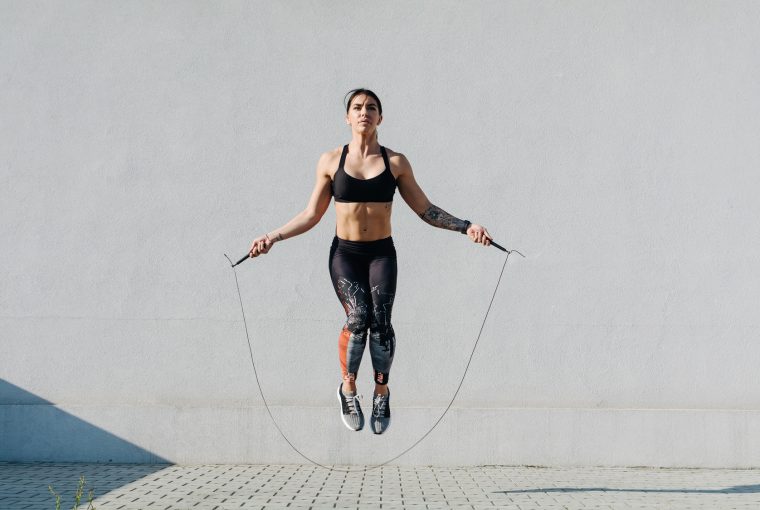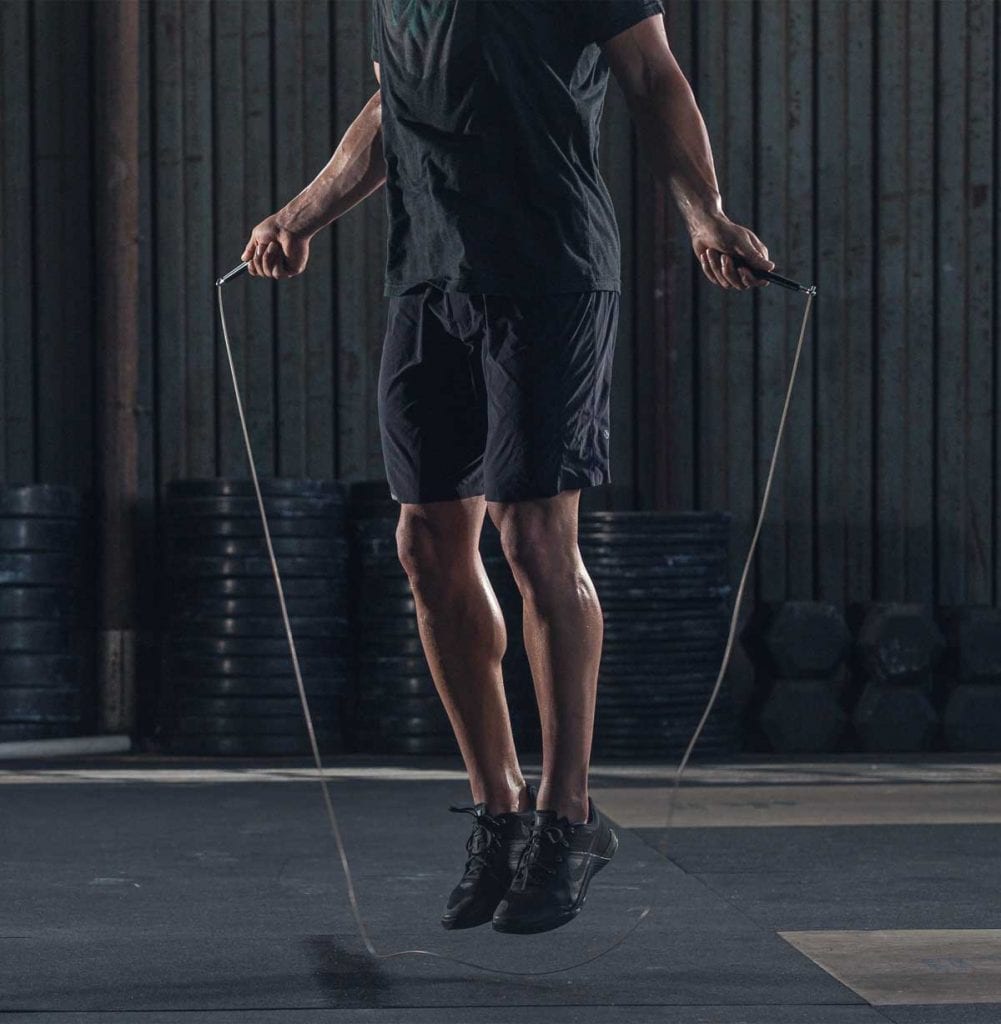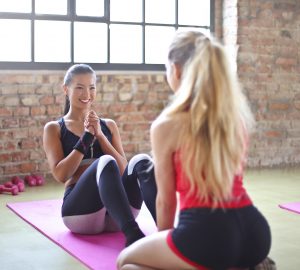If you are looking for less rigorous and more fun ways to workout or are simply looking to get your toes into exercising and are unsure of the right equipment to invest in, the jump rope might surprisingly, be a genius place to start.
Besides being a favourite children’s past time, the jump rope is an often overlooked, but incredibly potent workout tool. While its combination with other exercises is a recipe for workout success, these 5 reasons show why it is more than capable of holding its own as an all-sufficient exercise tool:
1. It tones all the major body muscles: when jumping rope, the upper and lower body are engaged, as it involves the wrist and the muscles of the shoulders and arms, these being: the forearms, triceps and biceps, when swinging the rope, with the back and chest muscles engaged when tricky and more challenging skipping techniques are carried out.
For the lower body, the majority of leg muscles are utilised when skipping, with the calves majorly powering the jump, assisted by the quadriceps and hamstrings. Body stability is provided by the core muscles and the glutes are equally engaged when the landing and pushing off motions are done with the balls of the feet, ensuring even your butt isn’t left out of the action!
2. It is a killer calorie burner: if you’re looking for a pretty quick way to counter all the late night snacking and back to back cheat day meals you’ve been allowing yourself, (we see you) then look no further than the jump rope. With a calorie burn rate of 125 Calories for ten minutes of skipping, it’s the perfect excuse for a candy bar or two!
3. It’s even more effective than running: with the myriad benefits running promises, it is a no-brainer why its popularity persists. However, you might want to swap your running route for a jump rope seeing as a mere ten minutes of jumping rope has been proven to be just as effective, if not more so, than thirty minutes of running, all with the added benefit of being able to get your training on within the comfort of your own home! We’re not ones for picking favourites, but there’s a clear winner between the two.
4. It is great for cardiovascular training: as an exercise that incorporates the majority of muscles in the body, skipping is excellent for cardiovascular development. This is especially true as the engagement of several body parts while exercising with a jump rope gives the heart a whole work out of its own, as it is stimulated to pump out blood a lot quicker than it ordinarily would, this blood then supplies oxygen to the cells in the body, allowing for the heightened rate of activity to be kept up with.
5. You won’t have to break the bank: if we’re being completely honest, we really aren’t worthy of the jump rope! It promises toned arms, legs, a great butt and core, and if that isn’t enough, when compared with running, it promises to deliver all the same results, in about a third of the time, all these without needing to donate an arm and a leg for equipment. With about $10, you can literally walk out of almost any sporting store, the owner of a super efficient and easy to transport workout tool.
If you’re sold on the benefits of the jump rope and you cannot wait to incorporate it into your routine, here are a couple of precautionary measures to ensure that you have the safest and most efficient training:
- Choose the right surface: with the continuous lifting and landing motions characteristic of jump roping, pressure is sure to be exerted on the muscles and joints of the hips, ankles and knees which can be compounded by the type of surface being trained upon. It is, therefore, advisable to train on soft surfaces such as vinyl, wood and rubber mat floors which provide the necessary shock absorption to ease the impact on the joints. Hard surfaces like concrete, asphalt are to be avoided as they are sure to put increased pressure on the joints, ankles and knees when landing; similarly, too soft surfaces like grass and carpets are sure to impede the movement of the rope and should be avoided.
- Land on the balls of your feet: having picked the right surface to train, always take care to land on the balls of your feet, by so doing, your calves get a good workout, and your knees suffer less damage. Landing on your heels/ flat footed is sure bait to causing injury to the engaged body parts.
- Get good jump rope shoes: to make sure your feet are properly protected, you need to invest in a good pair of shoes to skip in. In picking a right pair, ensure that they offer good shock absorbers when landing, are your right size and are comfortable for your feet.
- Start small: when skipping, it is very easy to get carried away doing tricks and continuous jumps, but before attempting to reclaim your criss-cross championship title, you may want to slow down as it can prove to be quite exerting, very quickly. Rather, it is advisable to start out simple, basic up and down motions are a great starting point, following which, you can challenge yourself to five minutes of continuous skipping, subject to reasonable increase. When this has been sufficiently mastered, more complex and challenging routines can be introduced.
- Always, always listen to your body: while pushing your body to the limit is an often lauded trait in physical exercise, the reverse might be the case when skipping. Due to the exertions on the ankles, knees and joints when skipping, it is advisable upon feeling sharp and consistent pain in any of these areas, to take a breather and put a hold on exercising. This pain should however, be distinguished from the expected fatigue and muscle soreness characteristic of exercise. Where the pain persists, the affected body part should be examined by a professional to prevent severe and in extreme cases, incurable damage to the troubled area.
With all of this in mind, you’re all set to begin training with a jump rope. For a super effective and easy transition into skipping exercises, be sure to purchase weighted jump ropes as they promise easier learning, greater muscle engagement and the added benefit of burning, even more calories than regular jump ropes!
BIO: Elizabeth Plumptre is a freelance writer and content creator with particular enthusiasm for health and wellness.





